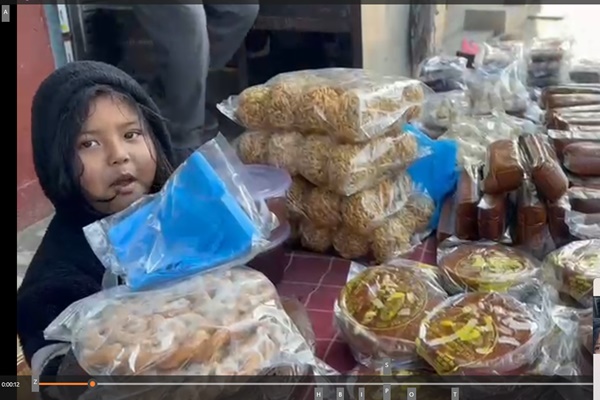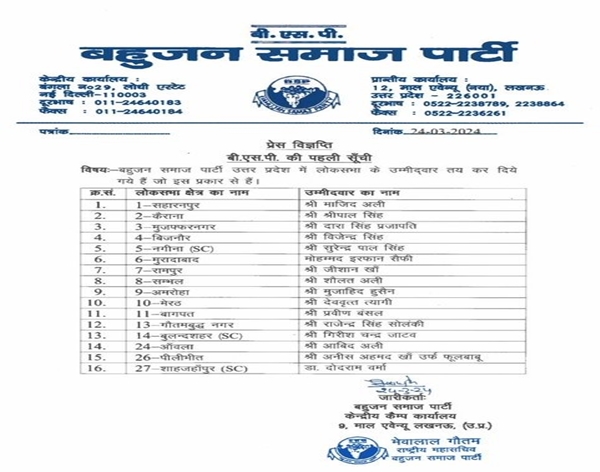In Nepal, Maghe Sankranti festival marks the beginning of the sun’s northward journey and is celebrated by consuming warm, energy-rich food like chaku, sesame seed, molasses, yams, and ghee. Chaku is believed to provide warmth and energy during the cold winter months, which aligns with the essence of Maghe Sankranti, celebrated to invoke health and longevity.
As Maghe Sankranti approaches, the streets of the historic town of Tokha in Kathmandu, smell of freshly cooked jaggery in ghee. In Nepal, delicacies made out of jaggery are called chaku. Jaggery is traditionally melted in copper pots on a wood fire. Chaku is a traditional sweet made from molasses and ghee, cooked to a sticky, caramel-like consistency. It’s mixed with sesame seeds to enhance flavour and nutrition. As per requirement, sesame seed, groundnut, condensed milk, ghee and dried coconut are added to make different varieties of chaku.
Locals informed that in Tokha, jaggery is procured from Krishna Nagar, Rani Nagar, Chanauta Bazaar, Gulmi, Shankhasobha, Nepalganj and Nepal’s southern neighbour India. In every lane, there are skilled artisans making chaku from generation to generation who make and sell chaku across Nepal.
Tokha has a long-standing tradition of producing high-quality chaku. During Maghi Sankranti, Tokha becomes a bustling hub of chaku-making. Krishna Bahadur Shrestha, president of Tokha Traditional Chaku Preservation Society informed that there are more than 14 groups making chaku which employ more than 600 people in two months for chaku making as Makar sankranti approaches. Nepali diaspora in Australia, the US, Canada, Japan, the West Asia, England and Germany specially place international orders for Tokha-made chaku in the festive season.
In Tokkha town, Stalls line the streets, selling freshly prepared chaku, honouring the age-old tradition of chaku making and showcasing Nepal’s rich cultural and culinary heritage.















